
I first encountered this piece of knowledge when I was reading The Immortals of Meluha by Amish Tripathi. So, lets find out why?
Table of Contents
Also Read : Nutrova collagen + Anti-Oxidants Nutritional Supplement Product Review
What Happens when you Breathe in Oxygen?
Once you inhale oxygen, it travels through the air pipe to the left and right lung. The lungs have bronchioles which end up in balloon-like air sacs called the alveoli. These air sacs have thin membranes of capillaries through which the blood flows and the gas exchange of oxygen and carbon dioxide happens.
When you inhale, the oxygen moves across the thin membranes in the alveoli to the blood where it is absorbed by the haemoglobin and at the same time, the blood releases carbon dioxide into the air sacs to be breathed out of the body.
Freshly oxygenated blood is carried from the lungs to the heart which pumps blood around the body through the arteries. Once the oxygen has been used up in the tissues of the body, the blood returns, through the veins, to the heart.[1]
What is Oxidation?
The oxygen gets delivered to each and every cell in the body where the mitochondria or the energy stations or the powerhouse of the cell, if you remember the biology, use it to produce energy. During this production of energy, an unwanted byproduct of the reaction are the reactive oxygen species (ROS)!
Deviating from the topic a little, I would first like to define what are free radicals.
What are Free Radicals?
Free Radicals, by its definition, are any unpaired electrons or molecules which are highly unstable.
Actually, what happens is that these free radicals attack the nearest stable molecules to gain an electron. When this attacked molecule loses its stability, it attacks the next available molecule which leads to a chain reaction. Thus, the infinite reaction goes on! The free radicals:
- harm the DNA
- result in cancer, arthritis, diabetes, Alzheimer’s and other diseases
- attack the lipids, proteins and other molecules
- destroy the collagen bonds and result in skin aging and wrinkling
How do these Free Radicals occur in the Body?
There are two things here to note.
- Free Radicals
- Reactive Oxygen Species (ROS)
ROS and Free Radicals are two different things which produce the same effect – damage to the body due to unwanted molecules. They both are the result of cellular metabolism. But, damage from ROS is called Oxidative Stress. According to [5], ROS are highly reactive molecules which contain Oxygen. Where as free radicals do not contain Oxygen. But, both are short lived, unstable and react with other molecules.
So, let me talk a bit about ROS first!
As I mentioned earlier, ROS are unwanted by-product when the cell is producing energy from oxygen. Superoxide is one of the major ROS which is extremely harmful. But, these superoxides are converted into hydrogen peroxide which is further converted into oxygen and water but this conversion is not 100% efficient. While ROS are produced as a product of normal cellular functioning, excessive amounts can cause deleterious effects [4]. This phenomena of being attacked by ROS leads to Oxidative Stress.
But oxygen has a darker side, and it has attracted the attention of scientists who study aging. Normally, an oxygen molecule (O2) absorbs four electrons and is eventually safely converted into water. But if an oxygen molecule only takes up one or two electrons, the result is one of a group of highly unstable molecules called reactive oxygen species that can damage many kinds of biological molecules by stealing their electrons. These renegade oxygen-containing species can mutate your genes, damage the lipids that make up your cellular membranes, and break the proteins that do much of the cell’s work, thereby causing cellular injury in multiple and overlapping ways. [3]
How are Free Radicals produced?
Now, we already know how ROS are produced. But, there are other ways in which other kinds of free radicals can be produced in the body. So, let me start with first.
Immune System
The many chemical reactions that occur in the body inevitably produce free radicals. The body can, however, usually keep these free radicals under control. Moreover, despite the long list of problems they cause, free radicals are not all bad. They play an essential role in a healthy human body. The body tries to harness the destructive power of the most dangerous free radicals – the oxy radicals and ROS – for use in the immune system and in inflammatory reactions. [6]
Our own body creates free radicals as a defence mechanism to kill the bacteria and the virus in the body. Generally, these kinds of free radicals get destroyed by themselves after serving the purpose but sometimes they just might linger on and attack the stable molecules in order to gain stability. Generally, this can offset cancer.
External Factors
Like pollution, unhealthy and processed food, smoking, sun rays, all of them also contribute towards generation of these free radicals.
Cigarette smoke contains various categories of free radicals which get inhaled while smoking and also when you are a passive smoker!
Similarly, with air pollution, the various pollutants give out free radicals which when inhaled go into the body and react with the stable molecules.
Pesticides in the food can also lead to free radical generation.
Stress
Under chronic stress conditions, there is an abundant production of free radicals in the body. The cortisol which gets produced as a result of stress also breaks down into free radicals.
How to combat the free radicals damage?
If your body is healthy, it is well-equipped to contain these free radicals and the damage they do is repaired on its own.
- Your body has enzymes which neutralize the free radicals and ROS by converting them into water or less harmful and reactive molecules.
- The body has antioxidant chemicals which are responsible for protecting their respective regions like cellular membranes or are present in blood. The body can only synthesise only two anti-oxidants – glutathione and uric acid. All other anti-oxidants must be obtained from your diet which makes it imperative to consume healthy food.
And, you can also get these anti-oxidants from the Nutrova Collagen + Anti-Oxidants Nutritional Supplements. It is rich in lycopene, grape seed extract and green tea extract apart from Vitamin C and Vitamin E – a perfect combination of anti-oxidants.
References:
[1] http://www.nevdgp.org.au/info/lungf/thelungs.html
[2] https://www.awesomestories.com/asset/view/Breathing-How-Oxygen-Travels-in-the-Body0
[3] http://publications.nigms.nih.gov/insidethecell/chapter5.html
[4] http://en.wikipedia.org/wiki/Reactive_oxygen_species
[5] http://www.vet.utk.edu/vhms/pdf/FreeRadicals_and_ReactiveOxygenSpecies.pdf
[6] http://bsherman.net/freeradicals.htm
[7] http://www.hindawi.com/journals/omcl/2012/756132/
[8] http://2012books.lardbucket.org/books/an-introduction-to-nutrition/s12-01-generation-of-free-radicals-in.html
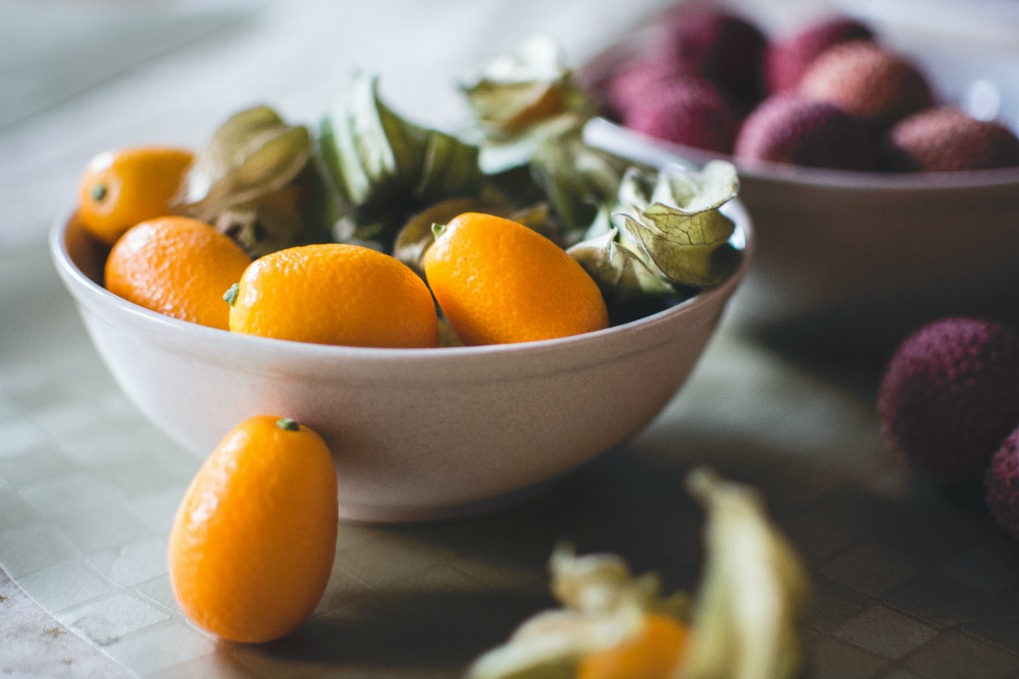
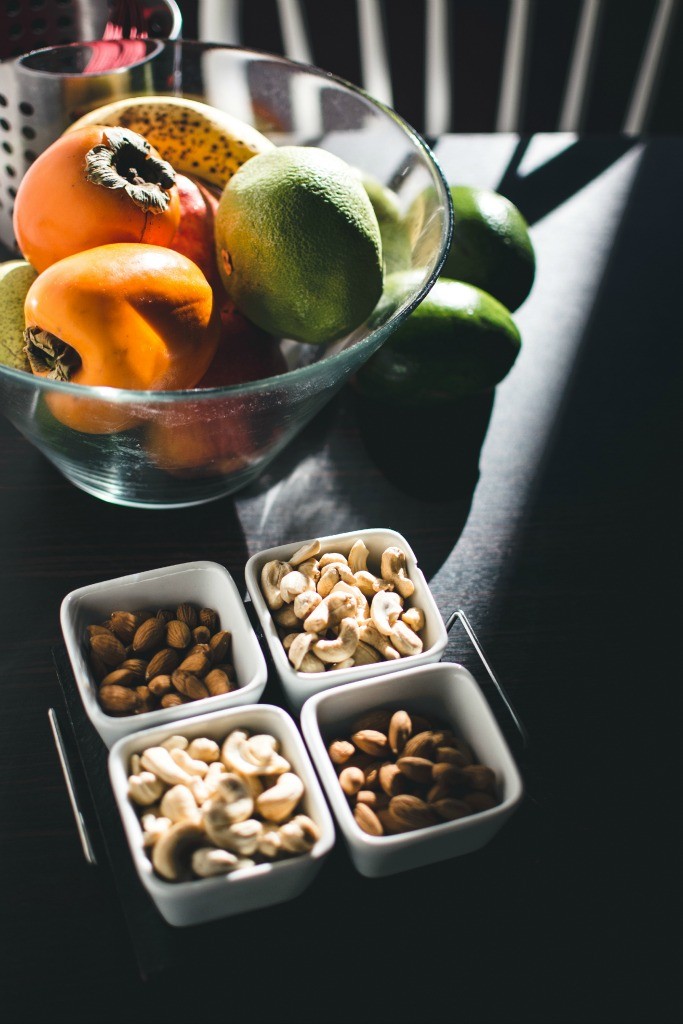
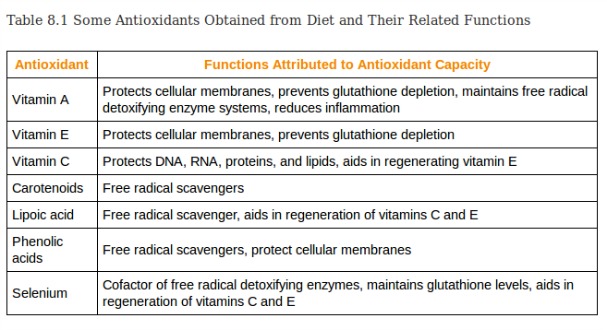
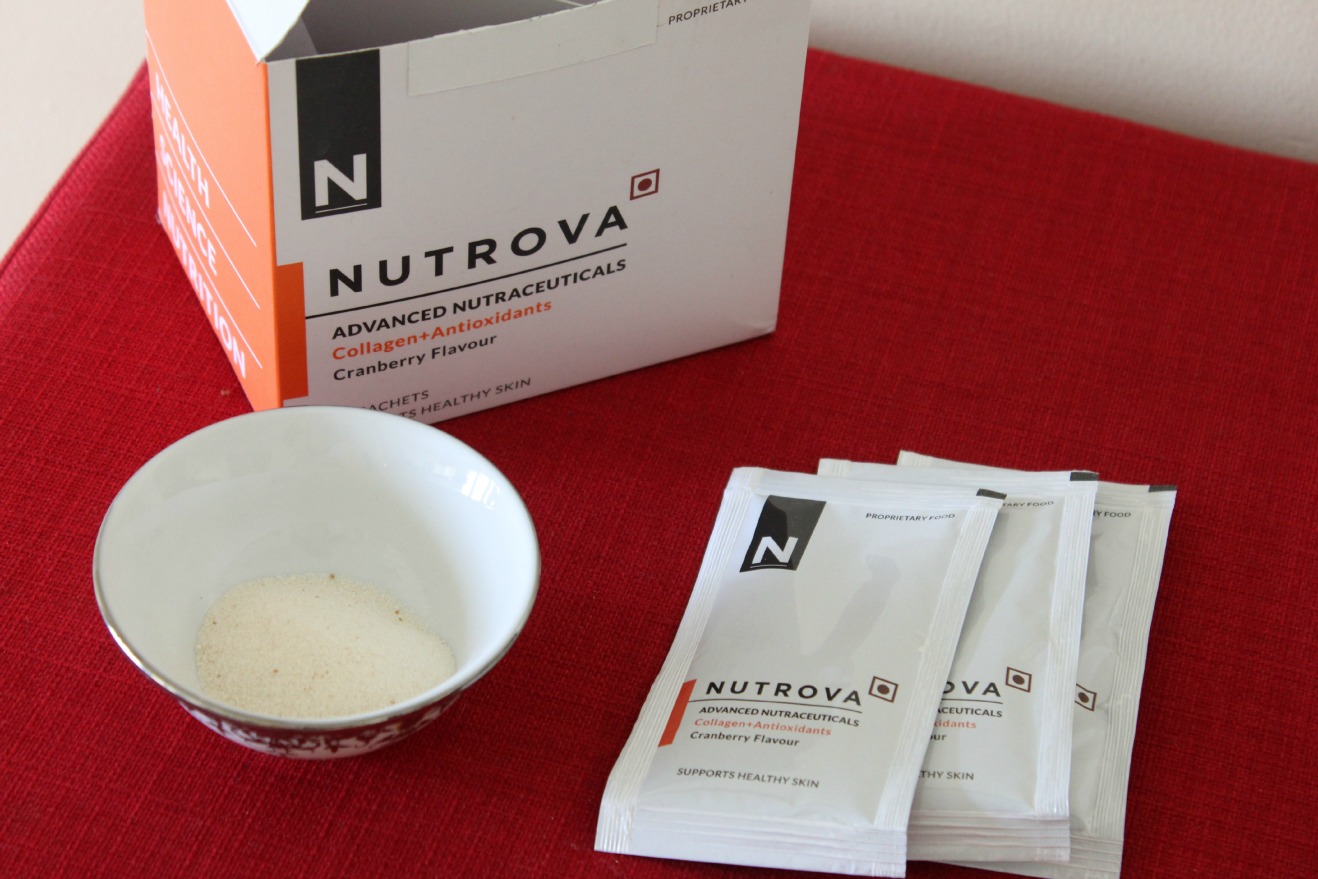
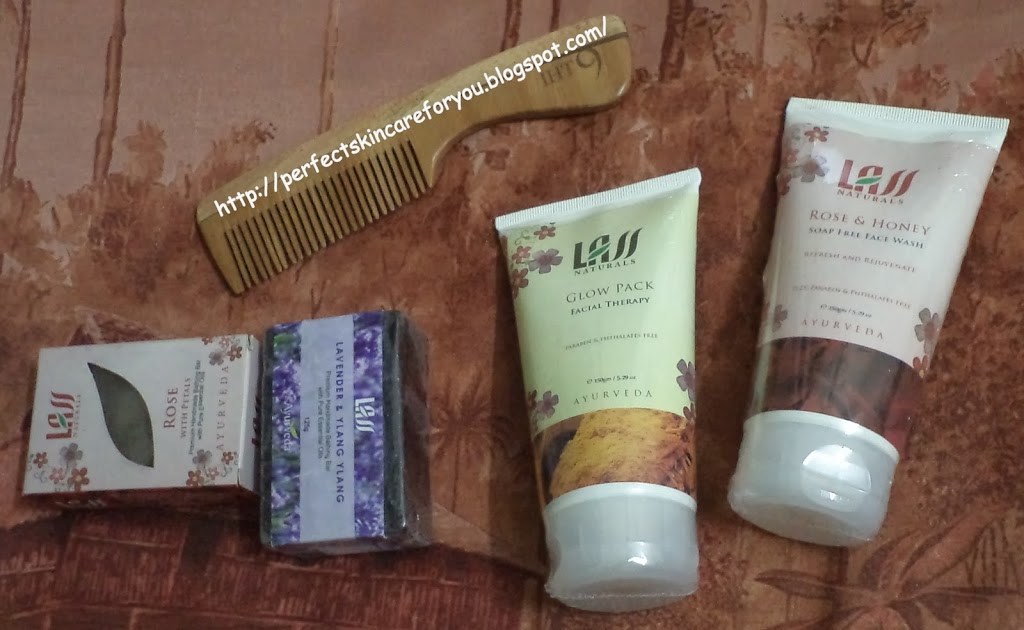




A healthy diet is crucial for fighting off illness, so a nutritional plan that’s rich in super foods can contribute to better overall health. Of course, healthy foods should form the majority of your diet because a healthy eating plan can help to ward off infections and diseases. But super foods often contain extra nutrients to increase the body’s defense against infections and disease. Such cranberries, almonds, avocado, citrus and more. However, there are supplements that complete the missed fruits/vegetable’s nutrients.
Oxygen improve skin conditions also. Hospitals offer this to patients that has problems with breathing so they give them some oxygen tanks which allows also for faster recovery.